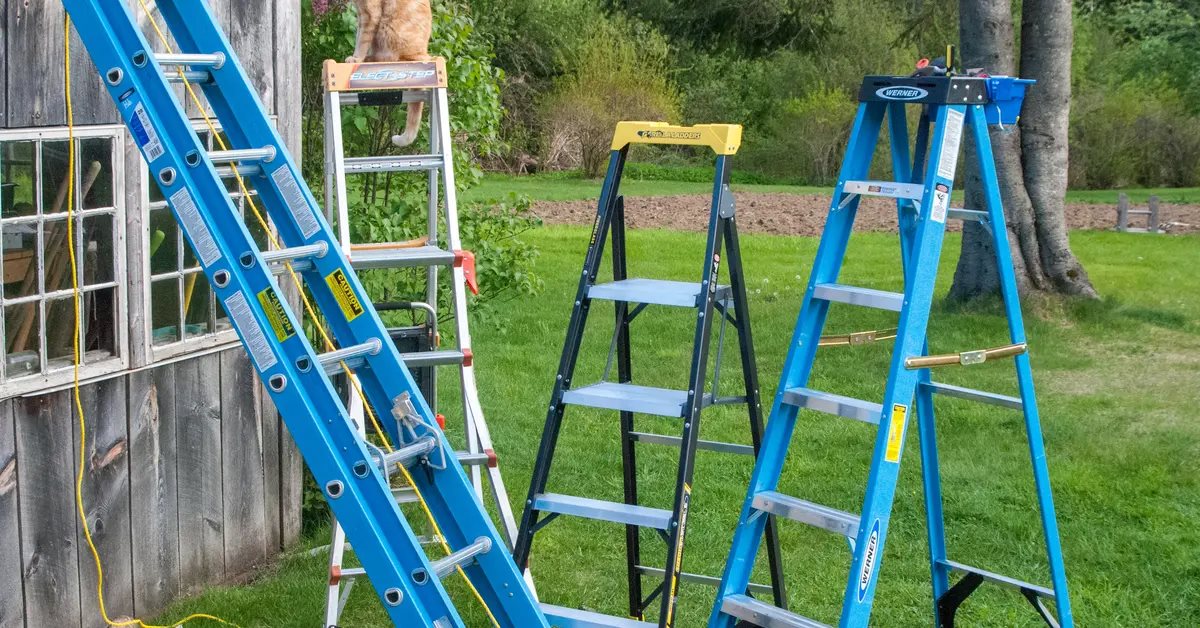

Articles
What Is Better Aluminum Or Fiberglass Ladder
Modified: December 7, 2023
Discover the pros and cons of aluminum and fiberglass ladders in this informative article. Find out which type is better suited for your needs and make an informed decision.
(Many of the links in this article redirect to a specific reviewed product. Your purchase of these products through affiliate links helps to generate commission for Storables.com, at no extra cost. Learn more)
Introduction
When it comes to choosing a ladder for your home or workplace, there are a multitude of options available in the market. Two popular choices are aluminum and fiberglass ladders. Both have their own set of advantages and considerations, making it crucial to understand the differences in order to make an informed decision.
In this article, we will explore the key factors to consider when choosing between an aluminum ladder and a fiberglass ladder. Whether you are a homeowner in need of a ladder for DIY projects or a professional in the construction industry, this article will help you weigh the pros and cons of these two materials.
Before diving into the comparisons, it is important to note that both aluminum and fiberglass ladders have their own unique characteristics, making them suitable for different applications. The decision ultimately depends on your specific needs and preferences.
Now, let’s look at some important factors to consider when comparing aluminum and fiberglass ladders.
Key Takeaways:
- Lightweight and affordable, aluminum ladders are ideal for indoor use and occasional tasks. They offer strength, stability, and resistance to corrosion, making them a versatile choice for various applications.
- Fiberglass ladders excel in durability, weather resistance, and safety. Non-conductive and long-lasting, they are ideal for heavy-duty tasks, outdoor use, and professional applications.
Read more: What Is Better Vinyl Or Aluminum Gutters?
Comparison of Weight
One of the key factors to consider when choosing a ladder is its weight. The weight of the ladder can impact its portability, ease of use, and maneuverability. This is where the difference between aluminum and fiberglass ladders becomes apparent.
Aluminum ladders are known for their lightweight nature. They are made from a lightweight metal, making them easier to carry and transport. This is particularly advantageous if you frequently need to move the ladder from one place to another or if you have limited storage space. The lightweight nature of aluminum ladders also makes them easier to set up and adjust during use.
On the other hand, fiberglass ladders tend to be heavier in comparison. This is due to the nature of the material itself. Fiberglass is a strong and durable material, but it is denser and therefore heavier than aluminum. This weight can make fiberglass ladders more challenging to transport, especially if you need to carry them over long distances or up and down stairs.
However, it is worth noting that the weight of the ladder can also contribute to its stability. A heavier ladder may provide a more solid base, minimizing the risk of wobbling or tipping over. This is particularly important when working at heights, as stability is crucial to ensure safety.
In summary, if portability is a top priority for you, an aluminum ladder may be the preferred choice due to its lightweight nature. However, if stability is of utmost importance, you may lean towards a fiberglass ladder despite its heavier weight.
Strength and Durability
When investing in a ladder, it is crucial to consider its strength and durability. A ladder that can withstand regular use and is built to last will provide long-term value and peace of mind. Let’s compare the strength and durability of aluminum and fiberglass ladders.
Aluminum ladders are known for their strength. Aluminum is a sturdy material that can support heavy loads without bending or warping. This makes aluminum ladders suitable for a wide range of applications, including both indoor and outdoor use. They are particularly popular in the construction industry due to their ability to withstand heavy-duty tasks.
On the other hand, fiberglass ladders are also highly durable. Fiberglass is a non-conductive material, making it a safe choice in environments where electrical hazards are present. It doesn’t rust or corrode, making it suitable for outdoor use, even in humid or wet conditions. Additionally, fiberglass ladders are resistant to chemical and UV damage, making them ideal for industrial settings.
In terms of durability, both aluminum and fiberglass ladders have their advantages. Aluminum ladders are less prone to cracking, chipping, or splintering. They can withstand rough handling and accidental impacts. However, aluminum can lose its strength if exposed to extreme heat. Fiberglass ladders, on the other hand, are inherently more resistant to heat, making them a suitable choice for working in high-temperature environments.
Ultimately, the choice between aluminum and fiberglass ladders depends on the specific demands of your work or project. If durability and resistance to environmental factors are important to you, fiberglass ladders may be the preferred choice. If you require a ladder that can withstand heavy loads and rough handling, aluminum ladders may be the better option.
It is worth noting that regardless of the material, proper handling, maintenance, and adherence to weight capacity guidelines are essential to maximize the strength and durability of any ladder.
Safety Features
Safety is paramount when working with ladders, and both aluminum and fiberglass ladders offer various safety features to consider. Let’s explore some of the safety features associated with each material.
Aluminum ladders often feature slip-resistant steps or rungs. These textured surfaces provide additional grip, reducing the risk of slipping while climbing up or down the ladder. Some aluminum ladders also come equipped with rubber or plastic non-slip feet, which provide stability when placed on different surfaces.
Fiberglass ladders, on the other hand, go a step further in terms of safety. Many fiberglass ladders are designed with a non-conductive material, which means they do not conduct electricity. This feature is essential when working near electrical sources, as it significantly reduces the risk of electrical shocks. Additionally, fiberglass ladders often have built-in safety features, such as integrated tool trays, handrails, and non-slip treads, to enhance stability and prevent accidents.
Both aluminum and fiberglass ladders may have safety certifications, such as ANSI (American National Standards Institute) or OSHA (Occupational Safety and Health Administration) compliance. These certifications ensure that the ladders meet specific safety standards and regulations, providing users with peace of mind regarding their reliability and safety.
It’s important to note that proper usage and adherence to safety guidelines are crucial regardless of the ladder material. This includes placing the ladder on a stable and level surface, securing it in place, and following weight capacity limits.
In summary, both aluminum and fiberglass ladders offer safety features to minimize the risk of accidents. Aluminum ladders often focus on slip resistance, while fiberglass ladders prioritize non-conductivity and additional stability measures. Consider the specific safety features that align with your work environment and requirements when choosing between the two.
Weather Resistance
When selecting a ladder, it is important to consider its weather resistance capabilities, especially if you plan on using it outdoors or in environments with varying weather conditions. Let’s explore the weather resistance of both aluminum and fiberglass ladders.
Aluminum ladders are generally resistant to rust and corrosion. This makes them suitable for outdoor use, even in wet or humid conditions. However, prolonged exposure to moisture, especially in coastal or highly corrosive environments, can gradually corrode aluminum. To maintain the longevity of aluminum ladders, it is recommended to store them in a dry area when not in use.
In contrast, fiberglass ladders excel in weather resistance. Fiberglass is a non-corrosive material, making it highly resistant to rust, moisture, and chemicals. This makes fiberglass ladders an excellent choice for outdoor use, including in rainy or coastal areas where corrosion is a concern. Additionally, fiberglass ladders are not affected by extreme temperature changes, making them suitable for use in both hot and cold climates.
Regardless of the ladder material, it is important to note that exposure to harsh weather conditions can still have an impact on long-term durability. UV radiation from sunlight can cause fading and weakening of certain ladder components, such as plastic parts or non-slip surfaces. Regular inspection and maintenance are essential to ensure the ladder remains in good condition despite exposure to the elements.
In summary, fiberglass ladders have a clear advantage when it comes to weather resistance. They are highly resistant to rust, corrosion, and moisture, making them an ideal choice for outdoor use in various weather conditions. Aluminum ladders, while still weather-resistant, may require more careful maintenance to prevent corrosion in certain environments.
When choosing between aluminum and fiberglass ladders, consider the type of work you will be doing. Aluminum ladders are lightweight and great for general use, while fiberglass ladders are non-conductive and ideal for electrical work.
Read more: How To Clean Aluminum Ladder
Maintenance and Lifespan
Proper maintenance plays a significant role in maximizing the lifespan of any ladder. Let’s examine the maintenance requirements and expected lifespan of both aluminum and fiberglass ladders.
Aluminum ladders are relatively low maintenance. They are resistant to corrosion and do not require regular painting or sealing. However, it is important to periodically inspect the ladder for any signs of damage, such as dents, bends, or loose hardware. If any damage is detected, it should be repaired or replaced promptly to ensure the ladder remains safe to use. Cleaning aluminum ladders can be as simple as wiping them down with a damp cloth or using mild soap and water.
Fiberglass ladders, while durable, may require slightly more maintenance compared to aluminum ladders. As a non-conductive material, fiberglass is less prone to electrical hazards. However, it may develop small cracks over time. Regular inspection is crucial to detect any cracks or damages in the fiberglass material, as they can compromise the ladder’s integrity. These cracks can occur due to excessive stress, exposure to extreme temperatures, or accidental impact. If any cracks are found, the ladder should be professionally repaired or replaced to ensure safety. Cleaning fiberglass ladders can be done with a soft cloth and mild soap. It is essential to avoid abrasive cleaners or rough materials that can damage the surface of the ladder.
The lifespan of a ladder depends on various factors, including the quality of the materials used, frequency of use, proper maintenance, and adherence to weight limits. On average, well-maintained aluminum ladders can last for 15 to 20 years or longer. Fiberglass ladders, with their superior durability, can have a longer lifespan of 20 to 30 years or more.
Regardless of the ladder material, it is crucial to follow the manufacturer’s instructions regarding maintenance and weight limits. This will ensure the ladder remains in optimal condition and extends its lifespan.
Ultimately, both aluminum and fiberglass ladders can have a long lifespan if properly maintained, allowing for reliable use over many years.
Cost Considerations
Cost is an important factor to consider when choosing between aluminum and fiberglass ladders. Let’s take a closer look at the cost considerations associated with each material.
Aluminum ladders are generally more affordable compared to fiberglass ladders. The lower cost can be attributed to the lower manufacturing and material costs associated with aluminum. This makes aluminum ladders a popular choice for budget-conscious consumers or those who require a ladder for occasional or light-duty use.
On the other hand, fiberglass ladders tend to come with a higher price tag. The higher cost can be attributed to the manufacturing process and the durability of the material itself. Fiberglass is known for its strength, weather resistance, and non-conductive properties, which make it a preferred choice for heavy-duty or professional applications. The higher cost is often justified by the added benefits and longer lifespan of fiberglass ladders.
When considering the cost, it is important to evaluate your specific needs and usage requirements. If you only require a ladder for occasional tasks or lighter projects, an aluminum ladder may fulfill your needs at a more affordable price. However, if you require a ladder for frequent or heavy-duty use, investing in a fiberglass ladder may be a wise decision due to its durability and long-term value.
It is worth noting that the cost of a ladder is not the only factor to consider. Safety, durability, and suitability for the intended application should also be taken into account when making a purchasing decision.
In summary, aluminum ladders offer a lower upfront cost, making them an attractive option for those on a budget or with lighter usage needs. Fiberglass ladders come with a higher price tag but offer superior durability, weather resistance, and suitability for heavy-duty or professional use.
Specific Application Considerations
When choosing between aluminum and fiberglass ladders, it is important to consider the specific applications for which you will be using the ladder. Different tasks and environments may require different ladder features and characteristics. Let’s delve into some specific application considerations for both aluminum and fiberglass ladders.
Indoor Use: If you primarily need a ladder for indoor use, both aluminum and fiberglass ladders can be suitable options. However, fiberglass ladders may have an advantage in certain indoor environments, such as electrical work or near power sources, due to their non-conductive properties. This reduces the risk of electrical accidents.
Outdoor Use: For outdoor use, fiberglass ladders offer superior weather resistance. They are resistant to rust, corrosion, and UV damage. This makes them ideal for construction sites, landscaping projects, or any outdoor tasks where exposure to the elements is a concern. Aluminum ladders are also weather-resistant but may require more careful maintenance in certain climates and environments.
Construction and Heavy-Duty Projects: When it comes to construction and heavy-duty tasks, both aluminum and fiberglass ladders can be suitable options. Aluminum ladders are lightweight and sturdy, making them easy to transport and maneuver on construction sites. However, fiberglass ladders are known for their exceptional strength and durability, making them a popular choice for heavy-duty applications that require the ladder to withstand significant loads or rough handling.
Professional Use: For professionals such as contractors, electricians, or maintenance workers, the choice between aluminum and fiberglass ladders depends on the specific job requirements. Fiberglass ladders may be preferred in professions where electrical safety is a priority. They also provide excellent durability and long-term value for professionals who rely on their ladders on a daily basis. However, aluminum ladders can also be suitable for professionals who prioritize portability and ease of use.
Home Use and DIY Projects: For homeowners and DIY enthusiasts, both aluminum and fiberglass ladders can meet their needs. Aluminum ladders are more affordable, making them a popular choice for occasional use around the house. Fiberglass ladders provide added safety features and durability, making them a good investment for homeowners who frequently tackle DIY projects or require a ladder for various home maintenance tasks.
In summary, the specific application and requirements of your intended use will play a significant role in determining whether an aluminum or fiberglass ladder is the best choice. Consider factors such as electrical safety, weather resistance, strength, and intended usage when making the decision.
Conclusion
Choosing the right ladder for your needs is crucial to ensuring safety, efficiency, and long-term value. Both aluminum and fiberglass ladders offer unique advantages and considerations, making the decision dependent on your specific requirements. Let’s recap the key points discussed in this article to help guide you towards the best choice.
Aluminum ladders are lightweight, making them easy to carry and maneuver. They are affordable and suitable for indoor use, occasional tasks, or when portability is a priority. Aluminum ladders also offer strength, stability, and resistance to corrosion.
Fiberglass ladders excel in durability, weather resistance, and safety. They are non-conductive, making them ideal for electrical work and outdoor use. Fiberglass ladders have a longer lifespan, making them a preferred choice for heavy-duty applications or professional use.
When making a decision, consider the specific factors that are important to your application. If you prioritize lightweight and affordable options, an aluminum ladder may be the best choice. On the other hand, if durability, weather resistance, or safety are key considerations, a fiberglass ladder may be the preferred option.
Ultimately, there is no one-size-fits-all answer, as the choice between aluminum and fiberglass ladders depends on your individual needs, budget, and the tasks you intend to perform. Whichever option you choose, always prioritize safety by adhering to weight capacities, following proper ladder usage guidelines, and performing regular maintenance.
In conclusion, both aluminum and fiberglass ladders have their strengths and considerations. Assess your specific requirements, consider the factors discussed in this article, and make an informed decision based on your needs. By doing so, you will be equipped with a ladder that meets your safety, durability, and performance expectations for years to come.
Frequently Asked Questions about What Is Better Aluminum Or Fiberglass Ladder
Was this page helpful?
At Storables.com, we guarantee accurate and reliable information. Our content, validated by Expert Board Contributors, is crafted following stringent Editorial Policies. We're committed to providing you with well-researched, expert-backed insights for all your informational needs.
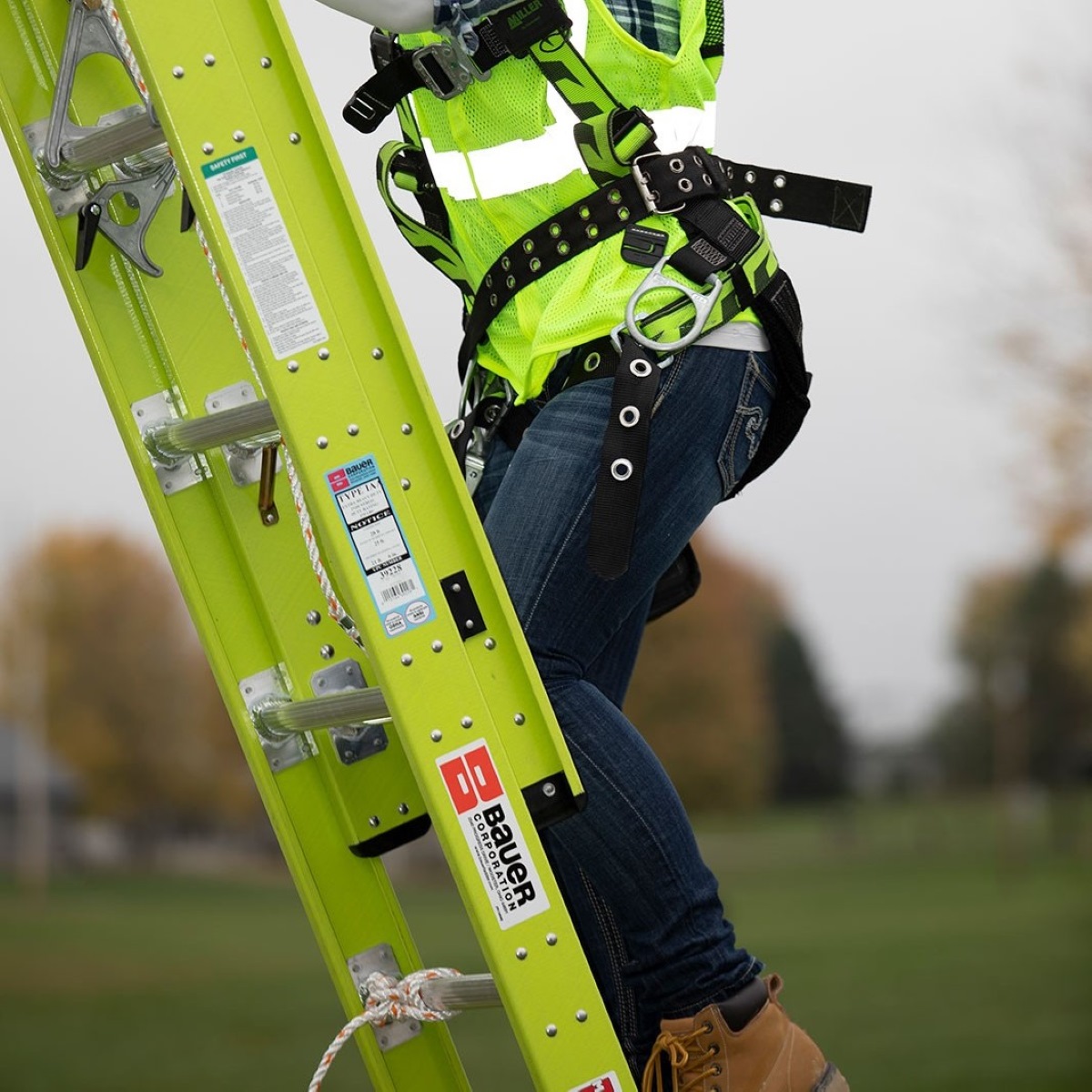

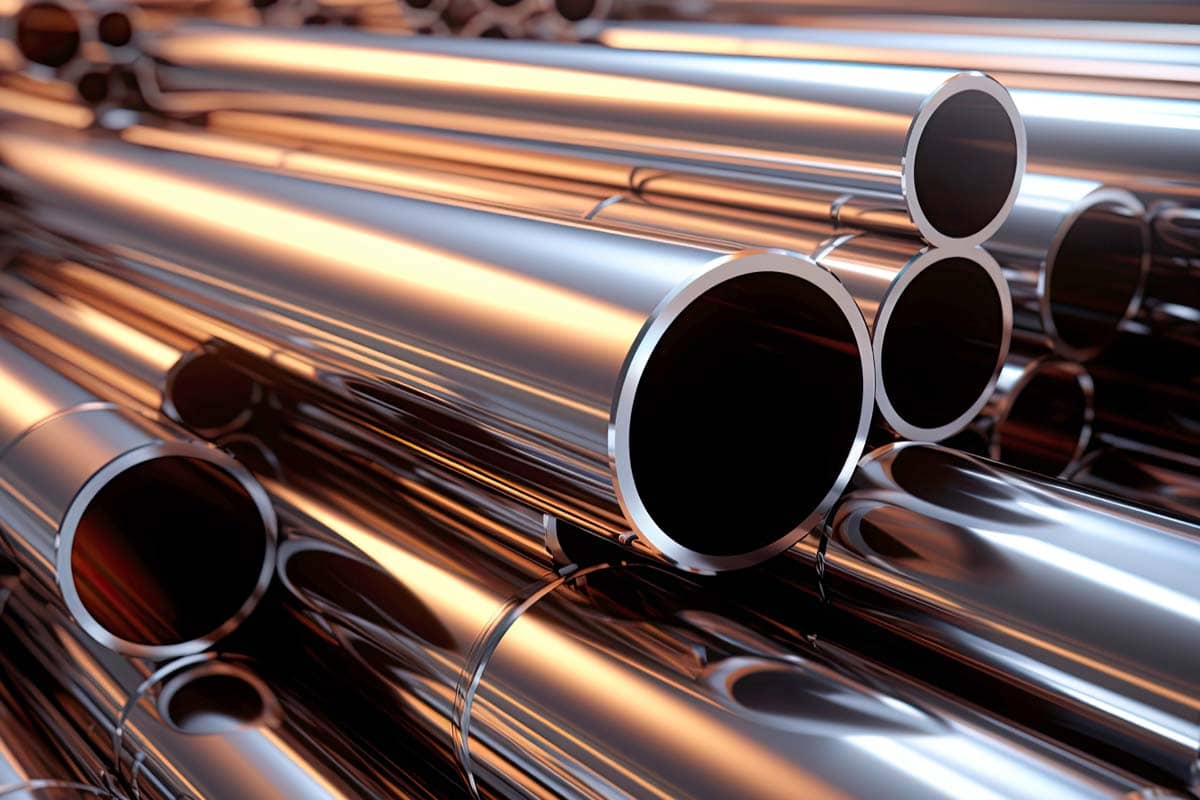
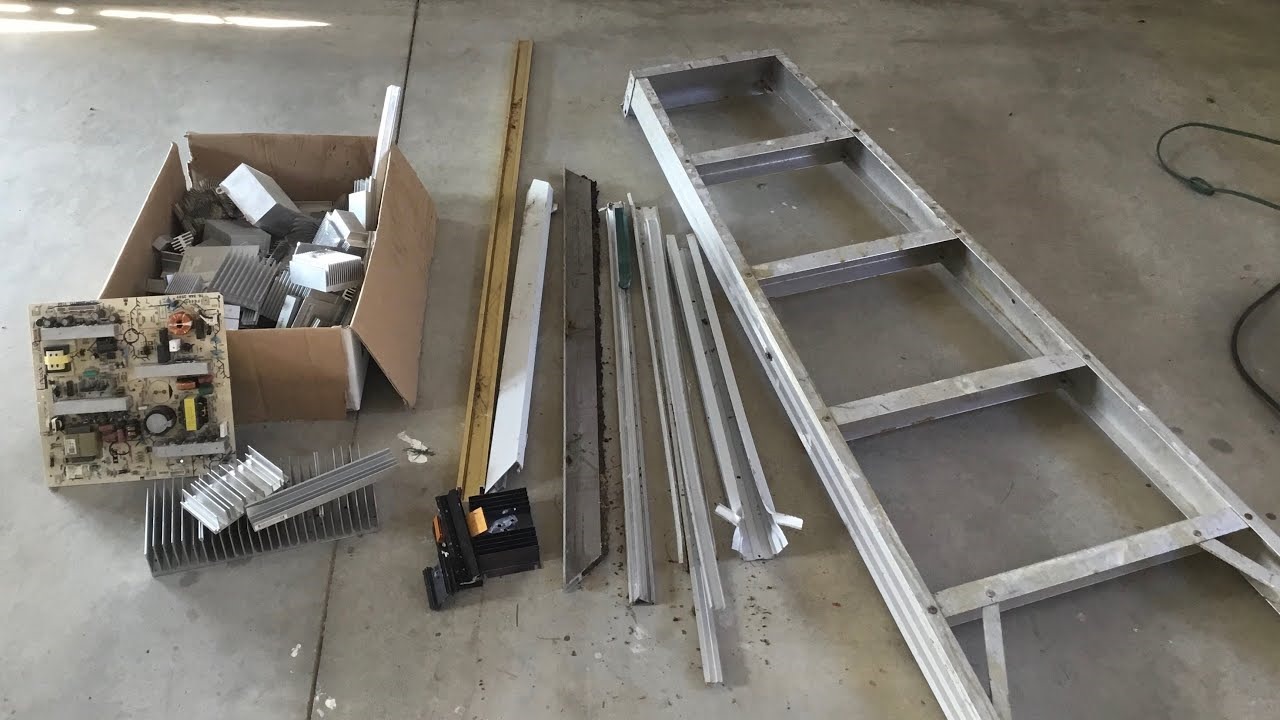
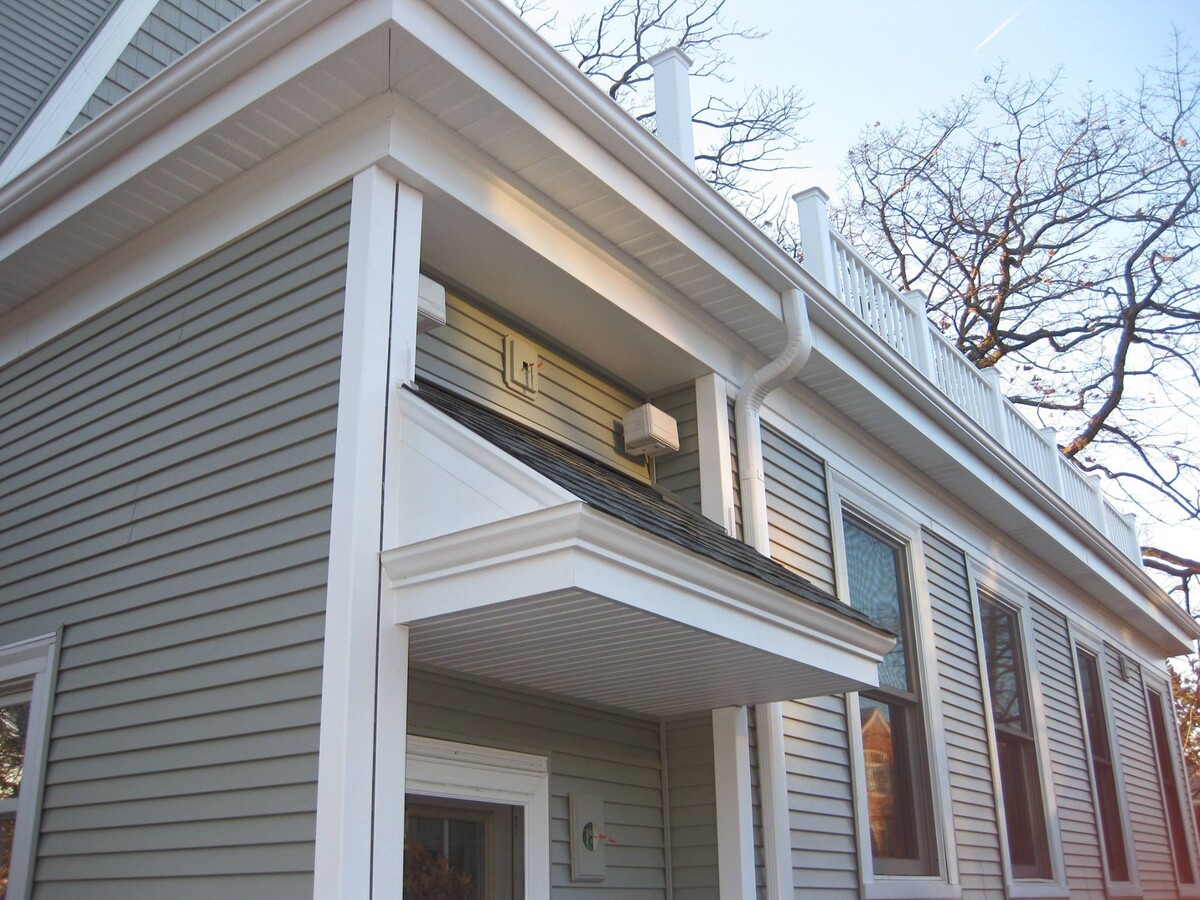

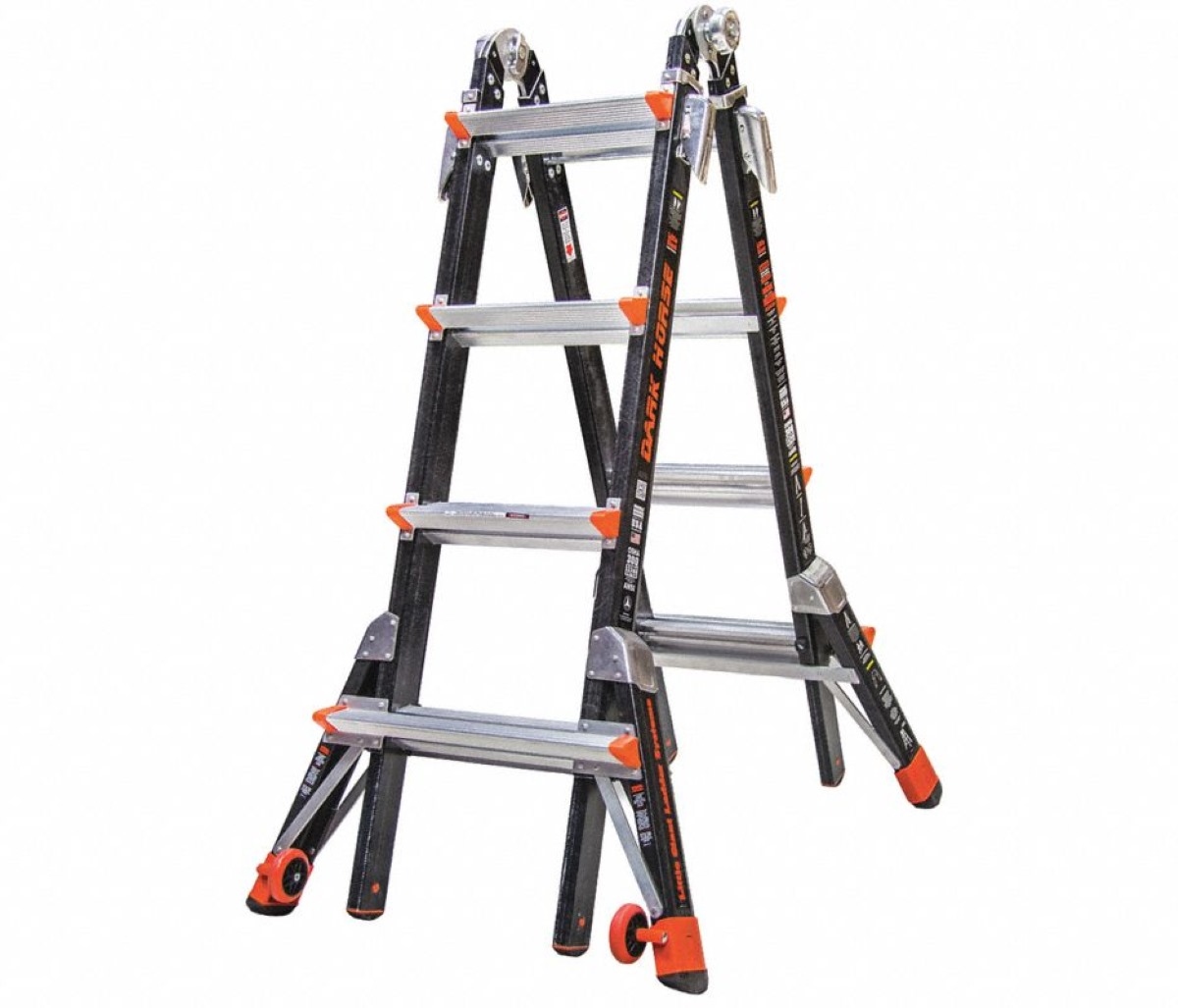


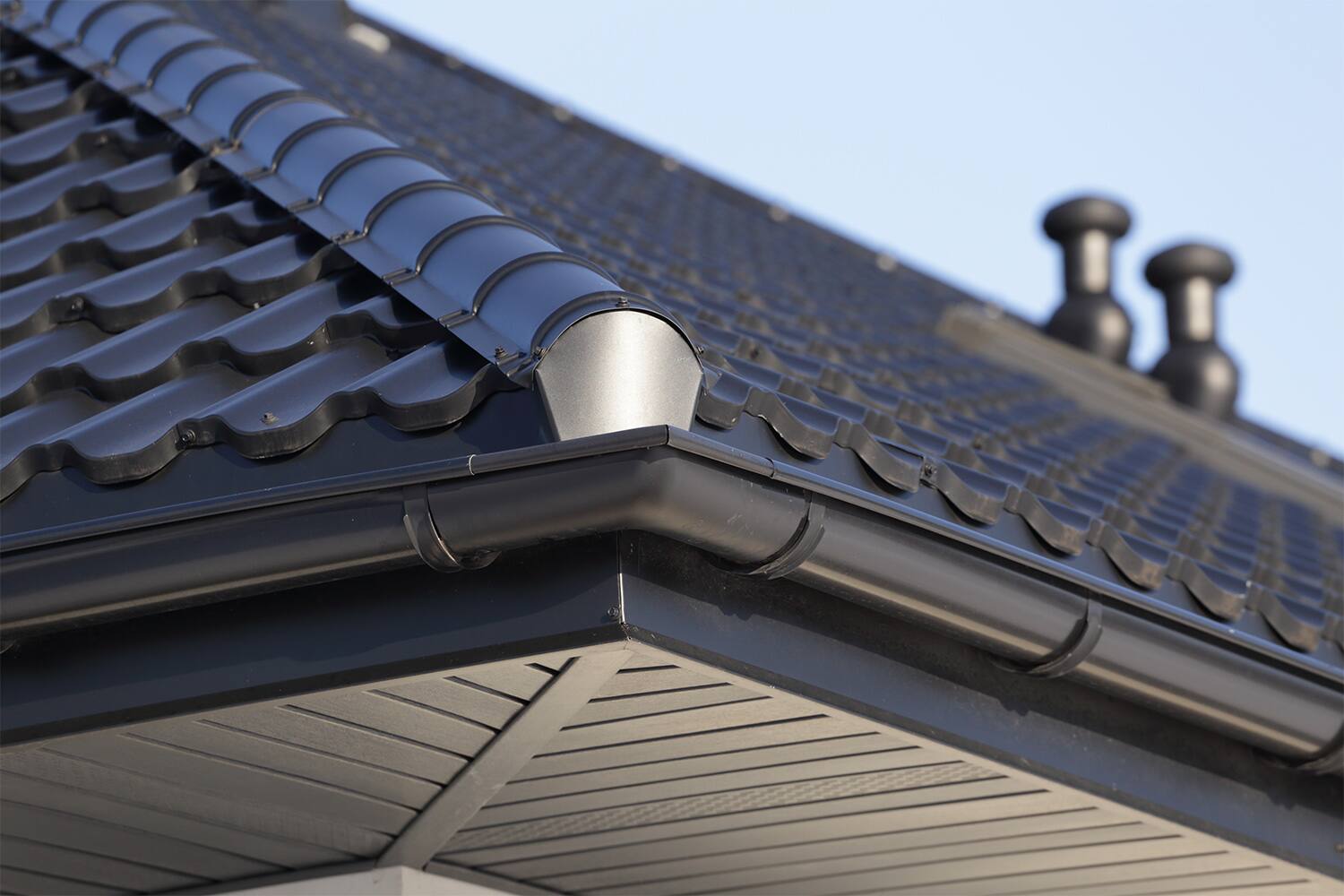
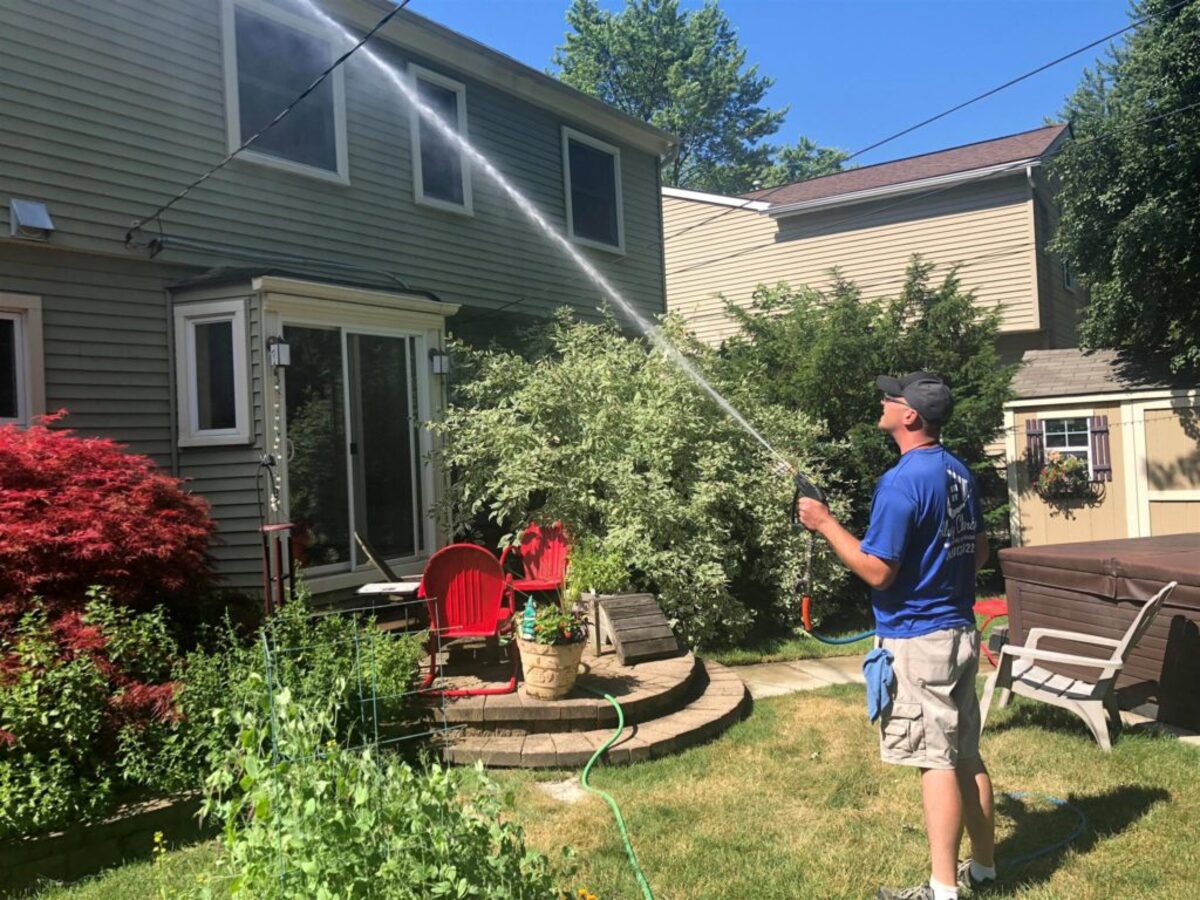
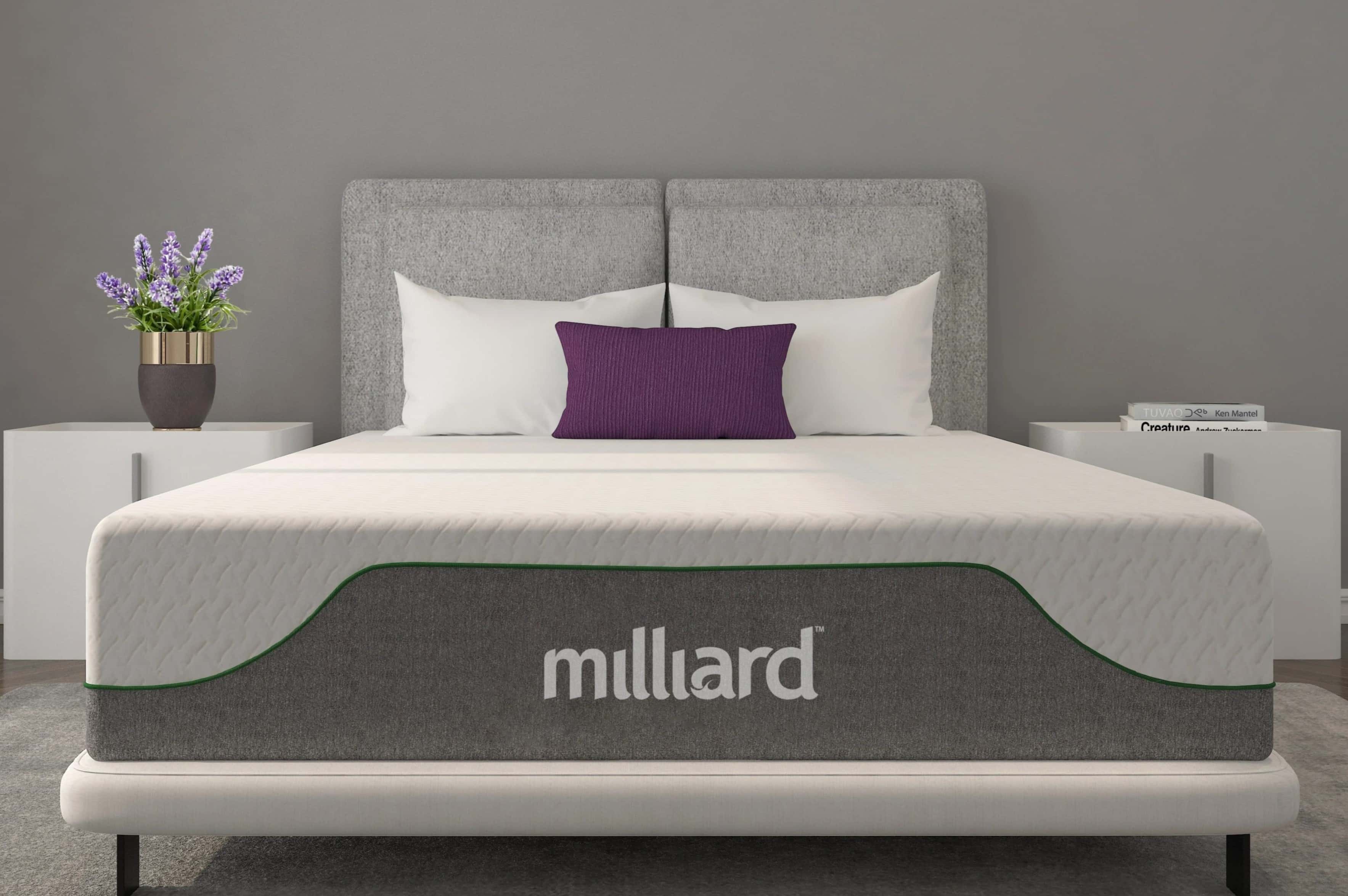
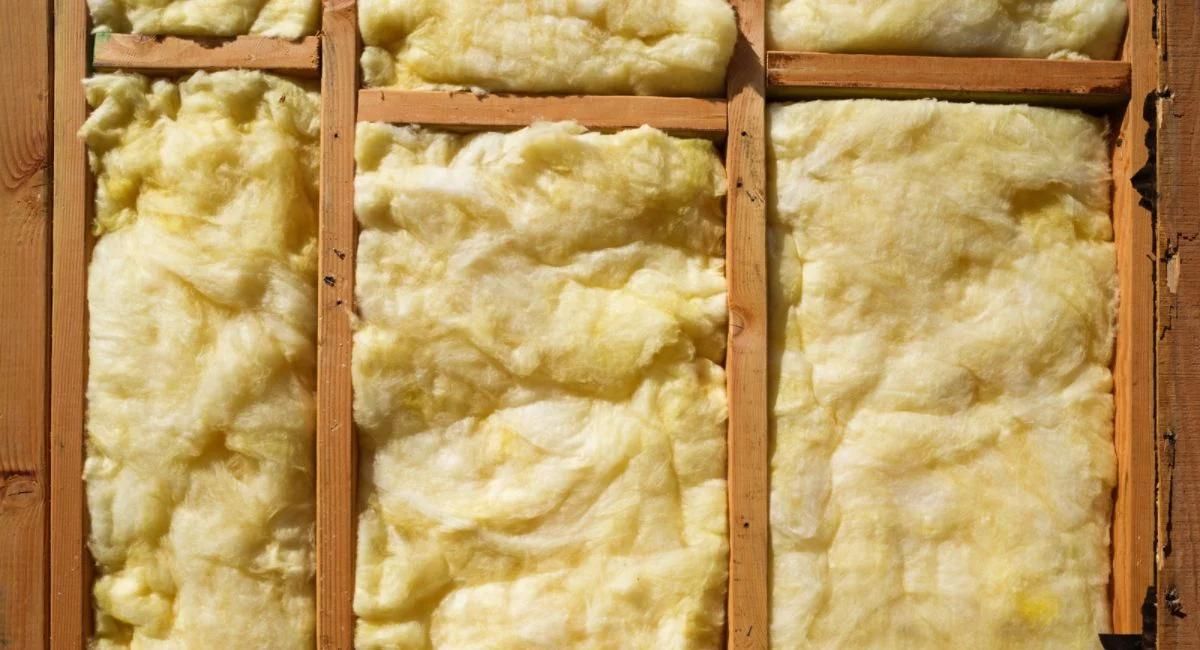


0 thoughts on “What Is Better Aluminum Or Fiberglass Ladder”